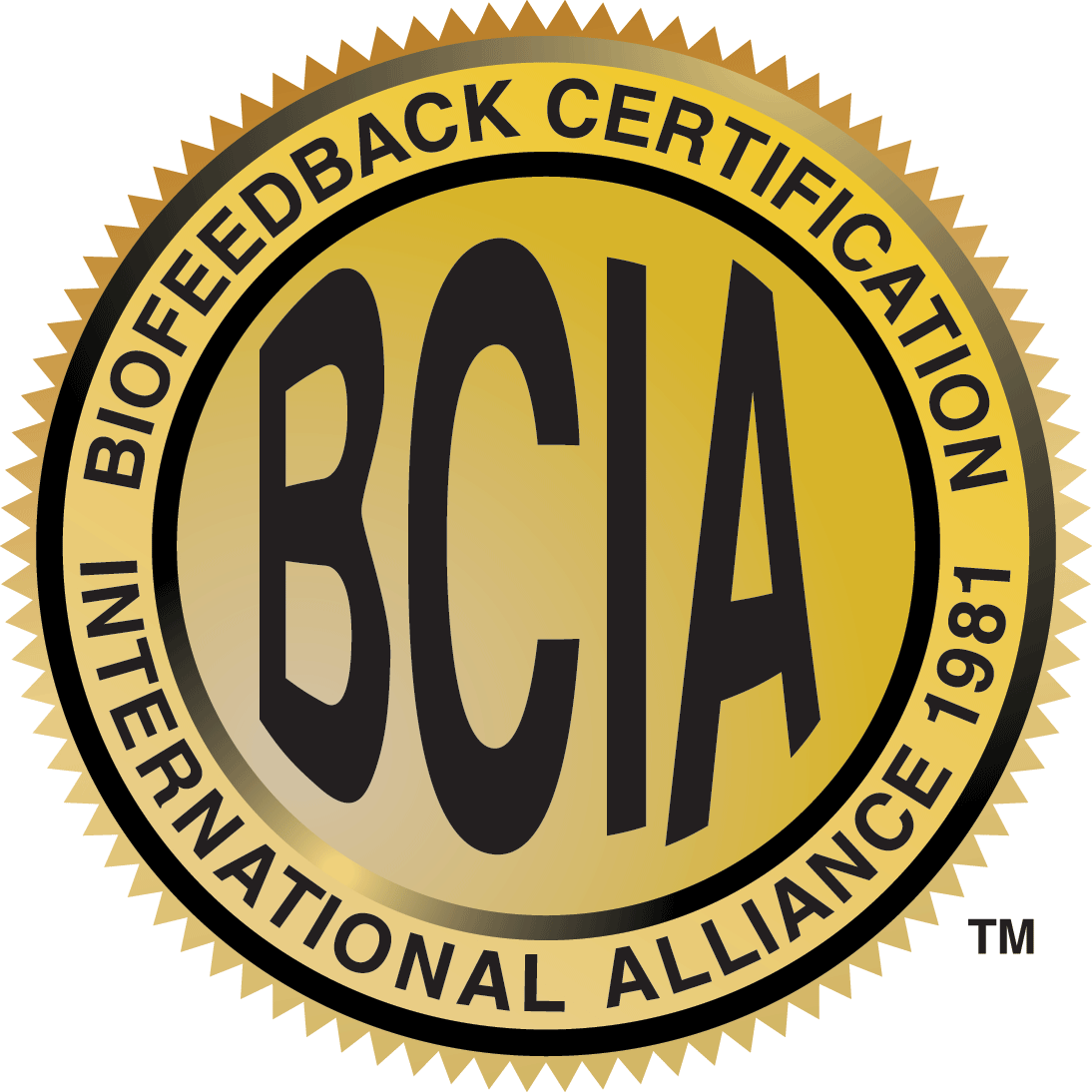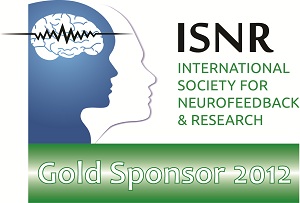Brodmann Areas, QEEG, sLORETA and More: Let Master Clinicians Guide you from “A to Z-Score”
May 5, 6, 12, & 13
Faith Based Virtual Workshop FULL WORKSHOP!
Presented By: Thomas Brownback
Essential workshop for those who want to gain an in-depth understanding of neuroanatomy, neurophysiology, and combining this knowledge with the Comprehensive Neurodiagnostic Checklist (CNC-1020) and psychoeducational test battery to provide a detailed interpretation of QEEGs. This information is used to create fully customized training protocols with and without Live Z-scores. Lots of hands-on demonstrations. PLUS: successful business tips from a 20-year neurofeedback practice! Presented by Thomas Brownback, Lic. Psychologist, QEEG-D, BCN 30-34 CE Credit Hours
5 BCIA Mentoring Hours (A $600 Value) at no additional cost!
- BrainMaster Affiliates receive an additional $50 Discount.
- One FREE use of the CNC 10-20 and the CTC 10-20
- FREE 4 BMANS set-up files
- FREE copy client form for use with insurance companies to receive the highest level of reimbursement
The workshop will be streamed to the comfort of your home or office. No Travel or Hotels needed. Full CE Hours available!
Instructors
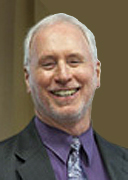 Thomas Brownback, Lic. Psychologist, QEEG-D, BCN Thomas Brownback, Lic. Psychologist, QEEG-D, BCN |
Testimonials:
Our ability to interpret QEEG maps for treatment planning and monitoring is dependent upon working knowledge of key brain structures and their likely information processing pathways. Good clinicians do not depend solely upon cookbook pairings of symptoms to set protocols. Master clinicians can reason from “first principles” and match QEEG data with key brain functions (attention, memory etc.) and networks that drive healthy operations, and break down in stereotypic ways in pathology. For many years now, Tom Brownback and his team have been providing an ever-expanding manual series and teaching system that enables clinicians to internalize the neurophysiological and EEG knowledge needed to become successful and resourceful neurofeedback practitioners. Brownback’s work in this context, in my 20-plus year experience, is unmatched. Highly recommended.
— Michael Gismondi
The Brownback workshop elevated my neurofeedback abilities to a new level. The workshop is so much more than simply information about neurofeedback. Tom and Linda Brownback have woven decades of successful neurofeedback experience into a systematic neurofeedback philosophy. Their workshop covers this approach from start to finish; from intake assessment to QEEG map analysis to treatment planning and management. Under Tom’s instruction, I learned comprehensive brain function by tracking the synchronized electrical relationships between neuroanatomical structures that communicate to form the functional pathways behind cognitive processing. This was put directly into context by subsequent discussion of neuropathologies; such as ADD, anxiety, depression, or OCD; that arise from a deregulated, disorganized EEG. The Brownbacks have dedicated countless hours to developing valuable neurofeedback tools and manuals. Personally experiencing their BMANS questionnaire The Comprehensive Neurodiagnostic Checklist (CNC1020) exemplified its use as a powerful asset for pre-neurofeedback assessment and seeing examples of their BMANS questionnaire The Computerized Tracking Checklist (CTC1020) demonstrated a wonderful ongoing assessment of patient behavior over the course of a neurofeedback regimen. Instead of analyzing individual puzzle pieces and discussing how they could fit together theoretically, Tom and Linda Brownback demonstrated how to put the entire puzzle together. I left with a new understanding of the brain’s inner mechanisms, and I have used this knowledge each day since returning from the workshop. This knowledge grants me further insight when analyzing QEEG maps, especially 3D sLORETA images as seen in BrainMaster’s Brain Avatar and the Brain Dx Report Generator. I am able to look at my patients with a heightened understanding of how their deviant EEG patterns influence their behavior; and perhaps more importantly, how self-regulation through neurofeedback can break that cycle and help them change their life.
— David Ims
[eshop_addtocart] *Manuals being used in Workshop are not included in Price for Attendance. Please contact STS for more details.

Linda and Thomas Brownback from Stress Therapy Solutions on Vimeo.
[Day 1] Friday, May 5th
- EEG Frequencies at Each of the Brodmann Areas and Neuroanatomical Lobes and Gyri, Neurophysiology and Pathways Through the Brain
- Neuropathologies (Dysfunctional: Microvoltages, Peak Frequencies, Asymmetries and Coherences) Associated with International 10-20 System Placement
- The Comprehensive Neurodiagnostic Checklist (CNC-1020) Displayed Within an International 10-20 System Framework
- In-depth Analysis of the QEEG using Brodmann Areas, Neuroanatomical Structures and International 10-20 System for Various Neuropathologies
- Neurofeedback Training Procedures Utilizing sLORETA Training at Each of the Brodmann Areas and Neuroanatomical Structures
- Mastering Independent Neurofeedback Training Utilizing sLORETA Training at Each of the Brodmann Areas and Neuroanatomical Structures
- Customized Tracking Checklist (CTC-1020) for Tracking Neurotherapy Progress
- The Bio-Psycho-Socio-Theological Cognitive Behavioral Framework–The Basics
B. Specifics in moving from Dysfunction to Health
- EEG Frequencies at Each of the Brodmann Areas and Neuroanatomical Lobes and Gyri, Neurophysiology and Pathways Through the Brain ( Step 1 )
- Neuropathologies (Dysfunctional: Microvoltages, Peak Frequencies, Asymmetries and Coherences) associated with International 10-20 System Placements ( Step 2 )
- The Comprehensive Neurodiagnostic Checklist (CNC-1020) Displayed Within an International 10-20 System Framework (Step 3)
- Indepth Analysis of the QEEG using Brodmann Areas, Neuroanatomical Structures and International 10-20 System for Various Neuropathologies ( Step 4 )
- Assessment
- BMANS Form 254
- Picture of form 254
- BMANS Form 254
- Assessment
- Neurofeedback Training Procedures Utilizing sLORETA training at Each of the Brodmann Areas and Neuroanatomical Structures for Individualized Training ( Step 5 )
- Mastering Independent Neurofeedback Training Utilizing sLORETA training at Each of the Brodmann Areas and Neuroanatomical Structures ( Step 6 )
- Customized Tracking Checklist (CTC-1020) for Tracking Neurotherapy Progress ( Step 7 )
- The Bio-Psycho-Socio-Theological Cognitive Behavioral Framework–The Basics ( Step 8 )
Break – 11:00 AM -11:15 AM
11:15 AM – 1:15 PM Neuroanatomy and EEG Frequencies at each of the Brodmann Areas and Neuroanatomical Lobes and Gyri C. International 10-20 System for Placement of Electrodes for EEG D. EEG Frequencies E. Perspectives of the Brain F. Definitions Prefixes and Suffixes G. Brodmann Areas Lateral and Midsagittal Views H. Brodmann Areas by Number Lunch – 1:15 PM – 2:30 PM
2:30 PM – 3:30 PM I. Neuroanatomy of the Brain
1. Overviews of all Neuroanatomy
a. Deeper Structures b. Left and Right Hemispheres c. Posterior Cortices d. Anterior Cortex e. Somatosensory Motor Cortex f. Limbic Lobe g. Insular Lobe
Break – 3:30 PM – 3:40 PM
3:40 PM – 5:00 PM
2. Detailed Views of all Neuroanatomy
a. Posterior Cortex 1) Occipital Lobe 2) Temporal Lobe 3) Parietal Lobe
b. Anterior Cortex 1) Frontal Lobe
c. Somatosensory Motor Cortex
d. Limbic Lobe 1) Rhinal Cortices 2) Subicular Cortices 3) Retrosplenial Gyri 4) Amygdalae 5) Septal Nuclei 6) Cingulate Gyri
Break – 5:00 PM – 5:10 PM
5:10 PM – 6:15 PM
e. Insular Lobe 1) Anterior Gyri 2) Posterior Gyri
6:15 PM – 6:30 PM Day 1 Quiz
[Day 2] Saturday, May 6th
A. Neurophysiological Functions of the Brain
1. Overviews of all neurophysiology a. Deeper Structures b. Left and Right Hemispheres c. Posterior Cortices d. Anterior Cortex e. Somatosensory Motor Cortex f. Limbic Lobe g. Insular Lobe
Break – 11:00 AM – 11:10 AM
11:10 AM – 1:15 PM
2. Detailed Views of all Neurophysiology
a. Posterior Cortex 1) Occipital Lobe 2) Temporal Lobe 3) Parietal Lobe
b. Anterior Cortex 1) Frontal Lobe
c. Somatosensory Motor Cortex
Lunch – 1:15 PM – 2:30 PM
2:30 PM – 3:30 PM
d. Limbic Lobe 1) Rhinal Cortices 2) Subicular Cortices 3) Retrosplenial Gyri 4) Amygdalae 5) Septal Nuclei 6) Cingulate Gyri
e. Insular Lobe 1) Anterior Gyri 2) Posterior Gyri
Break – 3:30 PM – 3:40 PM
3:40 PM – 5:00 PM Pathways Through the Brain for Visual, Auditory and Somatosensory Information Processing Using Brodmann Areas and Neuroanatomical Lobes and Gyri
A. Pathways Through the Brain
1. Visual System 2. Auditory System 3. Somatosensory System
Break – 5:00 PM – 5:10 PM
5:10 PM – 6:15 PM
4. Factual Memory 5. Emotional Memory 6. Comprehension 7. Executive Functioning/Decision Making
6:15 PM – 6:30 PM Day 2 Quiz
[Day 3] Friday, May 12th
A. Attention Deficit Disorder Distractibility/ Inattention B. Impulse Control Disorder C. Hyperactivity/Hypoactivity Disorder D. Depressive Disorders E. Obsessive Compulsive Disorder F. Oppositional Defiant Disorder G. Generalized Anxiety Disorder
H. Addictions, involving but no limited to: 1. Drugs 2. Behavioral
I. Amotivational J. Learning Disorders 1. Language a. Receptive b. Expressive c. Comprehending Social Cues Dysfunction
2. Math
K. Motor Disorders 1. Fine 2. Gross
L. Sleep Disorders M. Tic Disorder 1. Motor 2. Vocal 3. Tourette’s
N. Dissociative Identity Disorders (DID)
Break – 11:00 AM – 11:10 AM
11:10 AM – 1:15 PM Neurodiagnostic Evaluation Procedure within an International 10-20 System Framework
A. The BMANS Neurodiagnostic Evaluation Procedure within an International 10-20 System Framework
1. The 42 Categories of Neuropathology 2. Questions Organized by the 42 Categories of Neuropathology a. By 10-20 System Framework b. From Front to Back and Left to Right
3. Intake Questionnaires 4. Scoring and Compilation Worksheet 5. Heads for Neuropathology percentages 6. Categories of Neuropathology with Manual 2 Probabilities for 10-20 System
B. The Comprehensive Neurodiagnostic Checklist (CNC-1020)
1. Overview of web-based platform
2. CNC-1020 Level 1 a. 300 Items b. 42 Neuropathologies c. One Client d. Up to 3 Support People e. 9-point rating scale f. 4 color-coded International 10-20 System heads g. Progress indicator
3. CNC-1020 Level 2 a. Clinician adds additional questions based on 6 highest scoring categories from Level 1 b. Creates baseline for each user
4. Administrative Features a. 3 Levels of practitioners 1) Administrator 2) Therapist 3) Planner
Lunch 1:15 PM – 2:30 PM
2:30 PM – 3:30 PM
Step 4 In-depth Analysis of the Quantitative Electroencephalograph (QEEG) using Brodmann Areas, Neuroanatomical Structures and International 10-20 System Procedures for Various Neuropathologies
A. QEEG Concepts
1. Contamination of the Linked Ears Reference a. Eye Blink and other movement artifacts b. Electromyograph (EMG) c. Other
2. Reference a. Linked Ears Reference b. Laplacian Reference
3. Power a. Absolute Power b. Relative Power
4. Recording Conditions a. Eyes Closed b. Eyes Open c. Cognitive Challenge
B. LORETA and sLORETA C. Databases D. Determine the Probability of Involvement and Location of each Neuropathology Utilizing the CNC-1020 and Psychoeducational Testing E. Utilizing the CNC-1020 and Psychoeducational Testing in Conjunction with Reference Databases to Determine the Frequency Range for each Neuropathology involved.
Break – 3:30 PM – 3:40 PM
3:40 PM – 5:00 PM
F. Case History: In-depth Analysis: Marlowe-Crowne, CNC-1020, Psychoeducational Testing, QEEG, Database and Non-database Formats, Absolute Power, Relative Power, sLORETA
G. Case Study Map Review
Break – 5:00 PM – 5:10 PM
5:10 PM – 6:15 PM
Hands On: Utilizing a case study, attendees are involved in ascertaining the following components: Assessment
1. Neuropathologies 2. Conditions? EO or EC 3. 10-20 placement or Brodmann Area(s) 4. Metric: Absolute Power (AP) or Percent Z-Scores (PZS) 5. Pro BMANS Bandwidths 6. Training Direction? Increase (Up) or Decrease (Down)
6:15 PM – 6:30 PM Day 3 Quiz
[Day 4] Saturday, May 13, 2023
9:00 AM – 11:00 AM
Pro BMANS “Neurofeedback Training Procedures Utilizing Brodmann Areas, Neuroanatomical Structures, and sLORETA for Fully Customized Regions of Interest (ROI) and Bandwidths”
A. How to name and build a Personal Settings Procedure (PSP) folder for Assessment and Training 1. Form 244 – ROI Table Legend 2. Form 254 – 10 Components
B. Selecting the Appropriate Personal Settings Procedure (PSP) File
C. Editing PSP File to develop PSP training folder 1. Demographics in “Edit Folder Info” Tab a. Birthdate b. Age c. Sex d. Eye Condition 1) Eyes Open (EO) 2) Eyes Closed (EC)
Break – 11:00 AM – 11:10 AM
11:10 AM – 1:15 PM
C. (Continued: Editing PSP File to develop PSP training folder) 2. “Event Wizard” Tab 3. “ROI Select” Tab 4. “Bands” Tab 5. “Acquisition” Tab 6. “Overlay” Tab
D. Beginning the session 1. Assessment session 2. Training session a. Setting thresholds b. Changing amount of feedback
Lunch 1:15 PM – 2:30 PM
2:30 PM – 3:30 PM
Mastering Independent Neurofeedback Training
A. Setting up independent neurofeedback training 1. Clinical Training 2. Home Training
B. Procedures and Processes 1. Necessary Supplies 2. Thorough preparation and cleaning 3. Cap Placement a. Measuring b. Chest Strap 4. Connecting Cap and ear clips to hardware 5. Connecting Hardware to computer 6. Opening Software and PSP Folder 7. Attaining satisfactory impedances (kohms)
Break – 3:30 PM – 3:40 PM
3:40 PM – 5:00 PM
A Cognitive, Affective and Behavioral Checklist for Tracking Neurotherapy Progress
A. A Cognitive, Affective and Behavioral Checklist for Tracking Neurotherapy Progress 1. Overview of Manual 3 Categories of Neuropathology a. Alphabetical Order b. In order according to 10-20 system front to back, left to right
2. Manual 7 Categories of Neuropathology a. Alphabetical Order b. In order according to 10-20 system front to back, left to right
3. Manual 7 Categories with Supplemental Questions
4. Supplemental Questionnaires a. Scoring b. Client Questionnaire c. Support Person Questionnaire 1) Female Client 2) Male Client d. Tracking Neurotherapy Progress
B. Customized Tracking Checklist 10-20 (CTC-1020) 1. Tracks progression of symptom improvement 2. Customizable a. Frequency b. Start date c. Stop date
3. Graphical representations of each user’s ratings by a. Date b. Pathology
4. Automated reminder emailed to all raters
5. Review Process a. Login b. Viewing Options c. Understand and interpret progress d. Utilize web-based features e. How to interpret progress for 1) Individual questions 2) Pathology categories 3) Overall progress
Break – 5:00 PM – 5:10 PM
5:10 PM – 6:15 PM
The Bio-Psycho-Socio-Theological Cognitive Behavioral Framework–The Basics
A. Biological 1. Nutrition 2. Exercise 3. Sleep 4. Relaxation
D. Spiritual* 1. Worship 2. Bible Time 3. Prayer Time 4. Christian Music
E. Forms 1. Form 239 – Weekly Basics Sheet 2. Form 141 – Weekly Basics Summary Sheet
*For those who are interested 5:45 PM – 6:30 PM ~Review ~Questions ~Final Thoughts
Jump To Top *This is a Faith-Based Workshop *System of Choice: The main equipment of choice and use by all instructors and workshops is BrainMaster Technologies Inc.

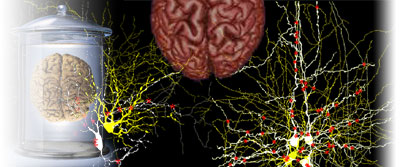
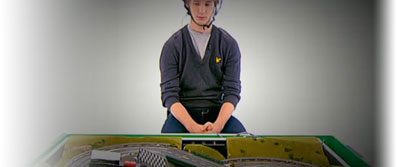
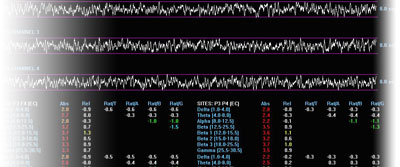
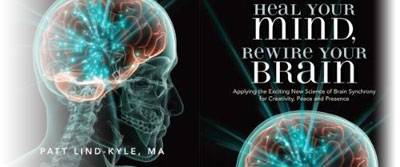
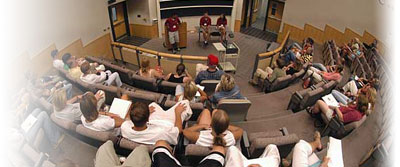
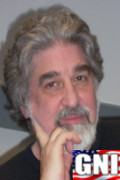 Thomas Collura
Thomas Collura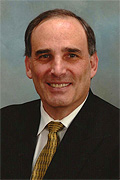 David Cantor
David Cantor Robert (Rusty) Turner
Robert (Rusty) Turner Richard McAlister
Richard McAlister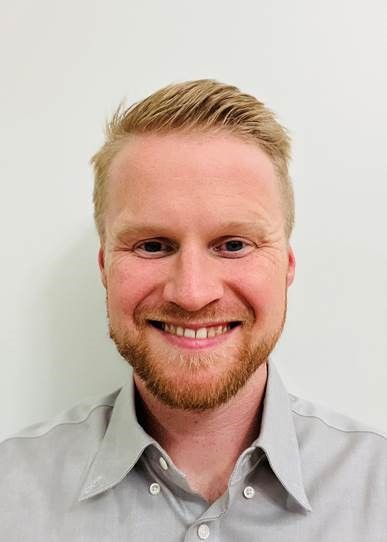 David Ims
David Ims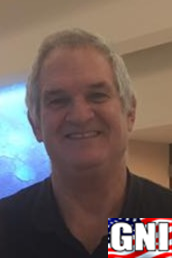 Jeff Reich
Jeff Reich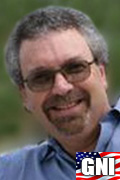 Steve Warner
Steve Warner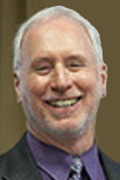 Thomas Brownback
Thomas Brownback Dolores Gaxiola
Dolores Gaxiola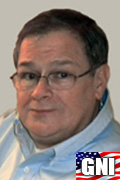 J. Michael Griffin
J. Michael Griffin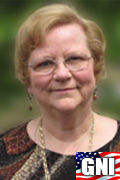 Donna Creasy
Donna Creasy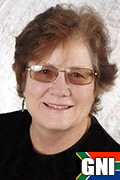 McGill Scott
McGill Scott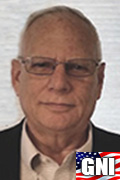 Rich Davis
Rich Davis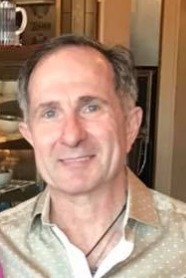 Harry (Bill) Brubaker
Harry (Bill) Brubaker Andre Keizer
Andre Keizer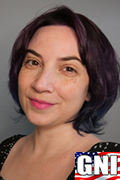 Penijean Gracefire
Penijean Gracefire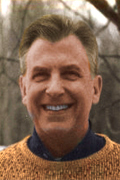 John Demos
John Demos Mark Smith
Mark Smith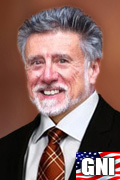 Dick Genardi
Dick Genardi Jeff Tarrant
Jeff Tarrant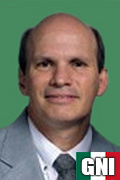 Adrian Roel
Adrian Roel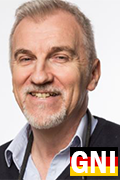 Thomas Feiner
Thomas Feiner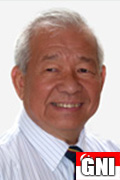 Joseph Guan -Tech
Joseph Guan -Tech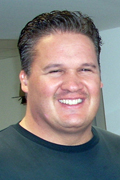 Bill Mrklas
Bill Mrklas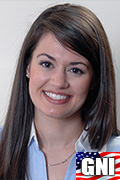 Christen Stahl
Christen Stahl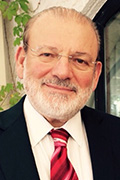 Giuseppe Chiarenza
Giuseppe Chiarenza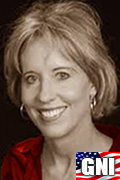 Yvonne Tate
Yvonne Tate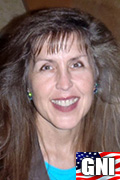 Lisa Black
Lisa Black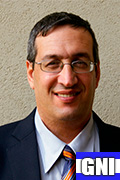 Doron Todder
Doron Todder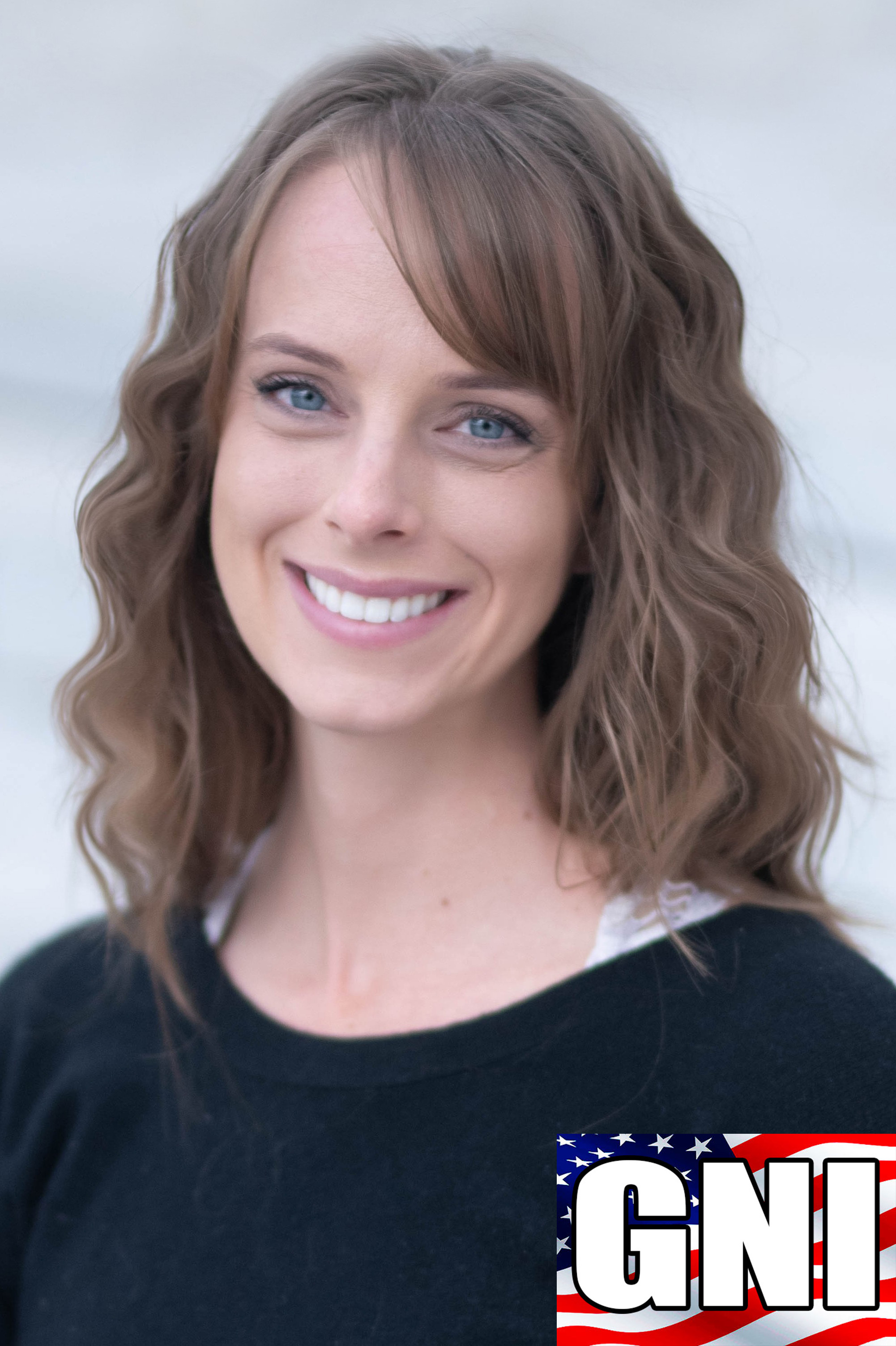 Dayna Nevar
Dayna Nevar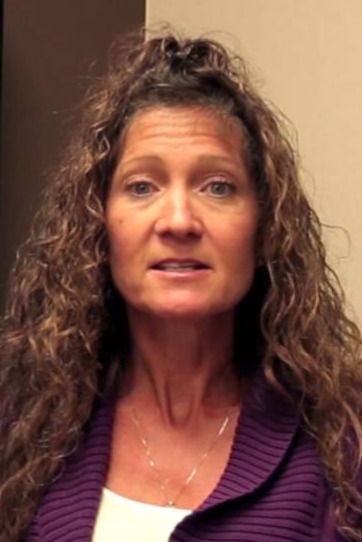 Becky Bassham
Becky Bassham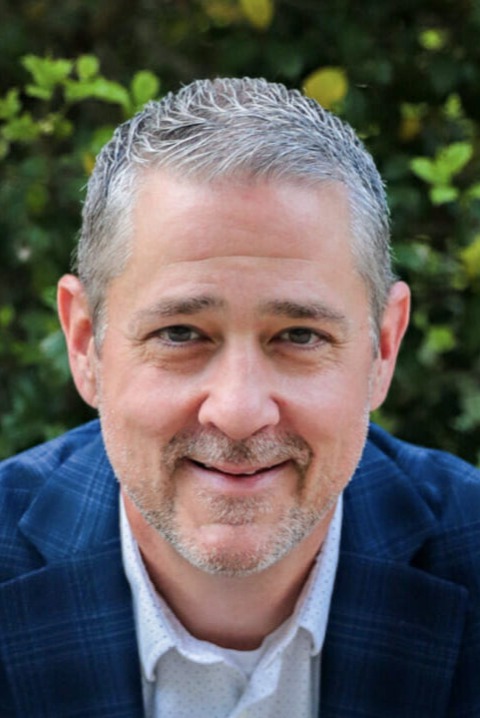 Michael Trayford
Michael Trayford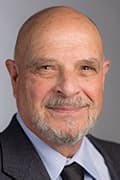 Ron Bonstetter
Ron Bonstetter